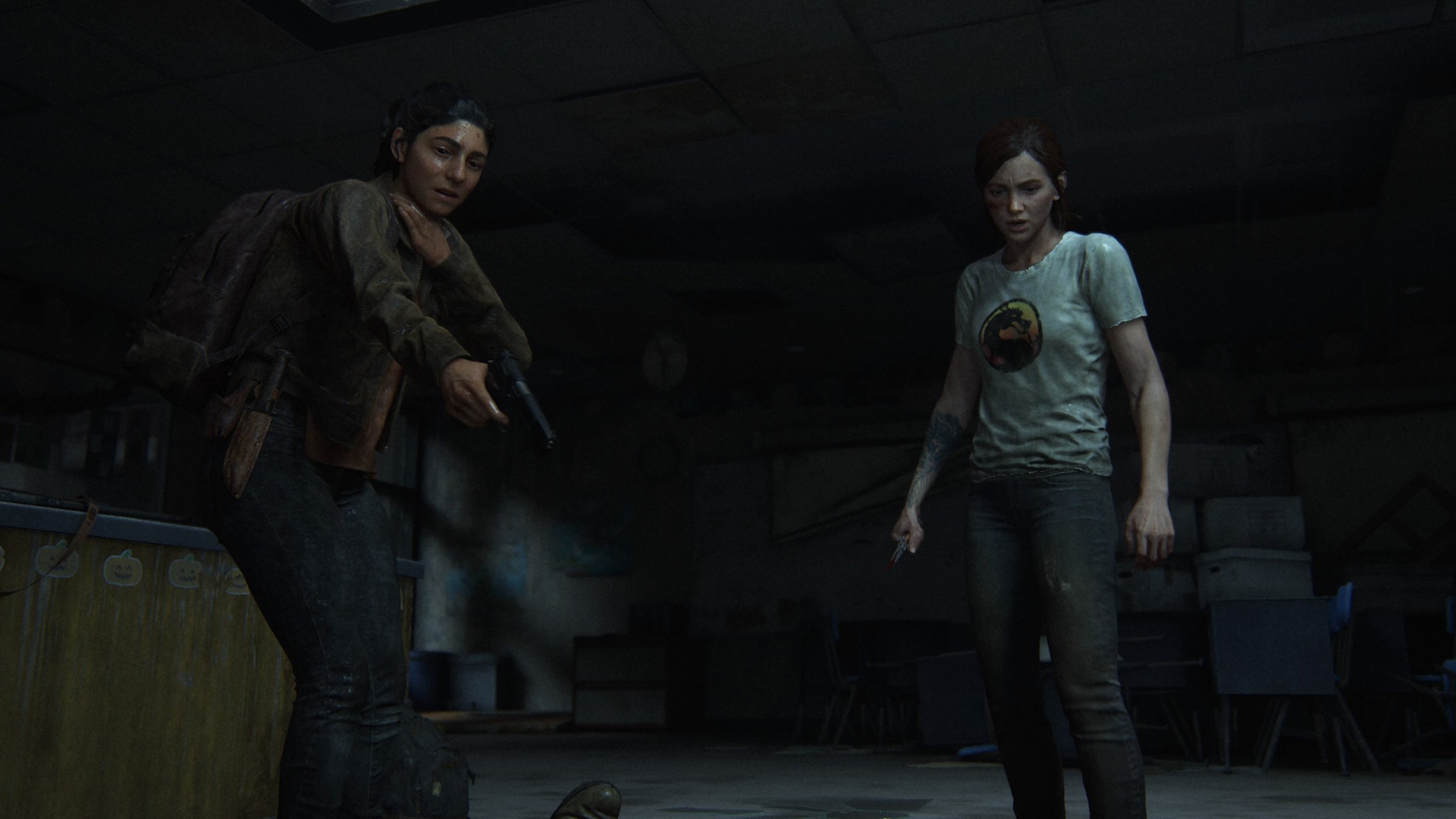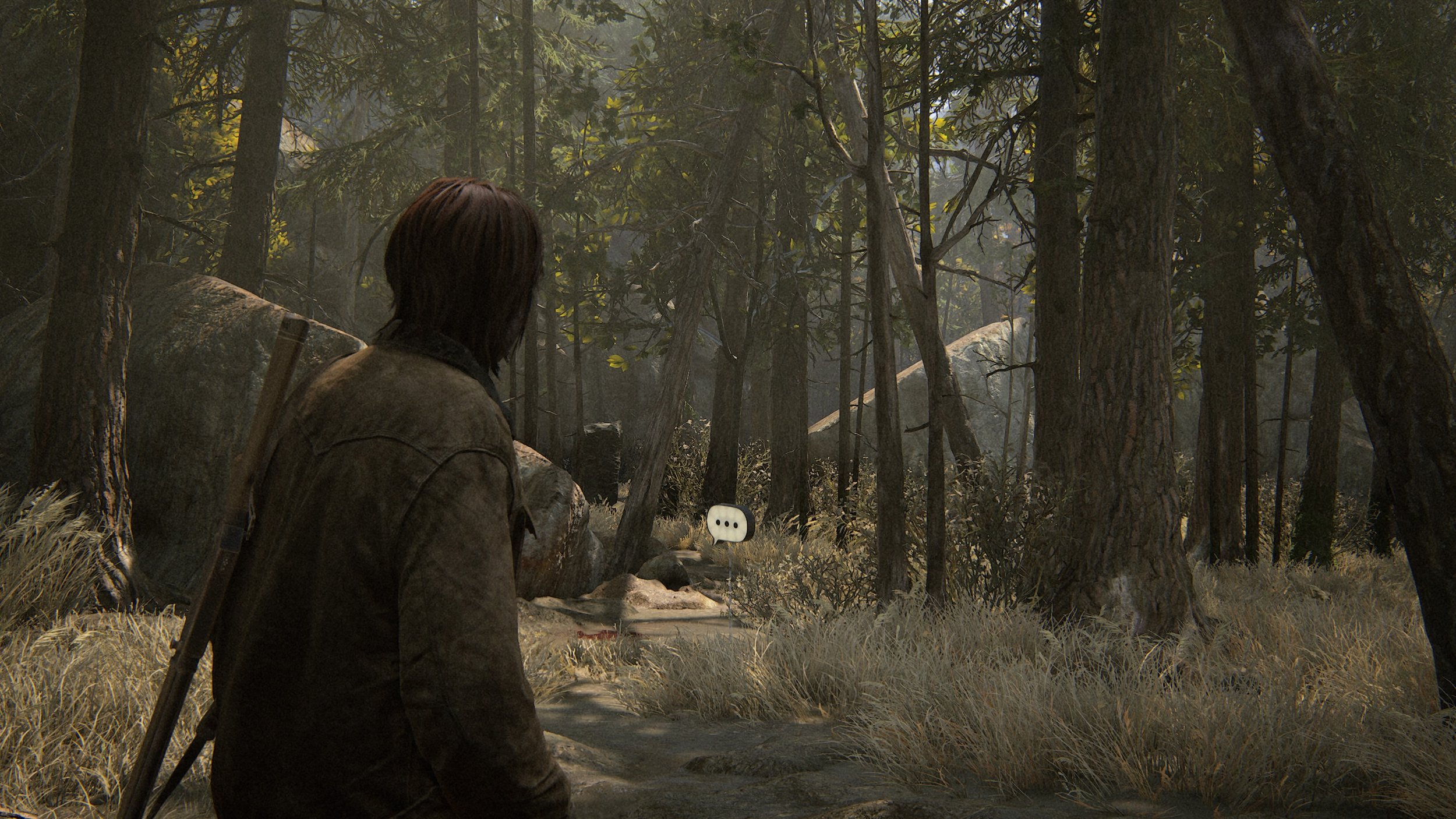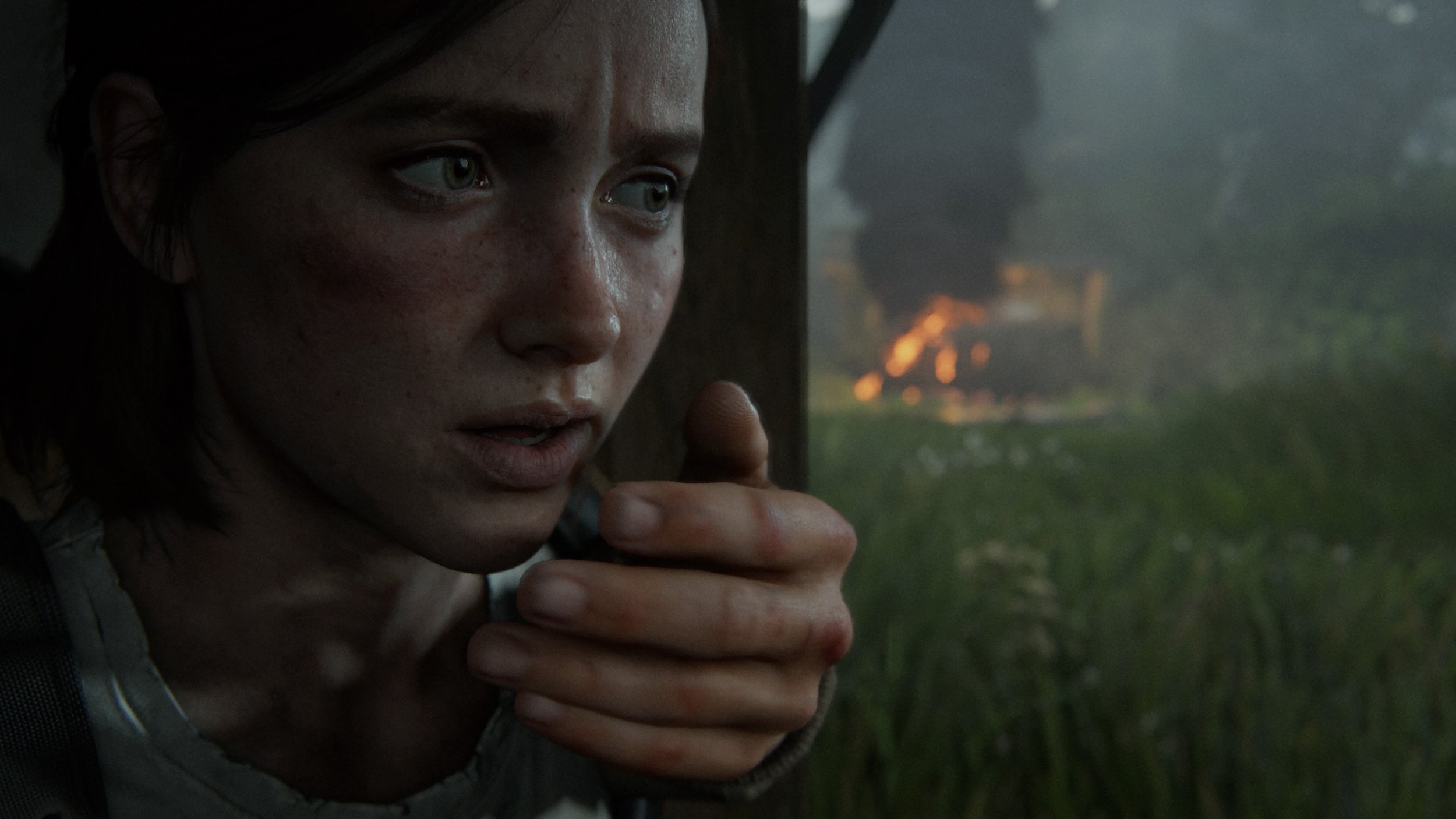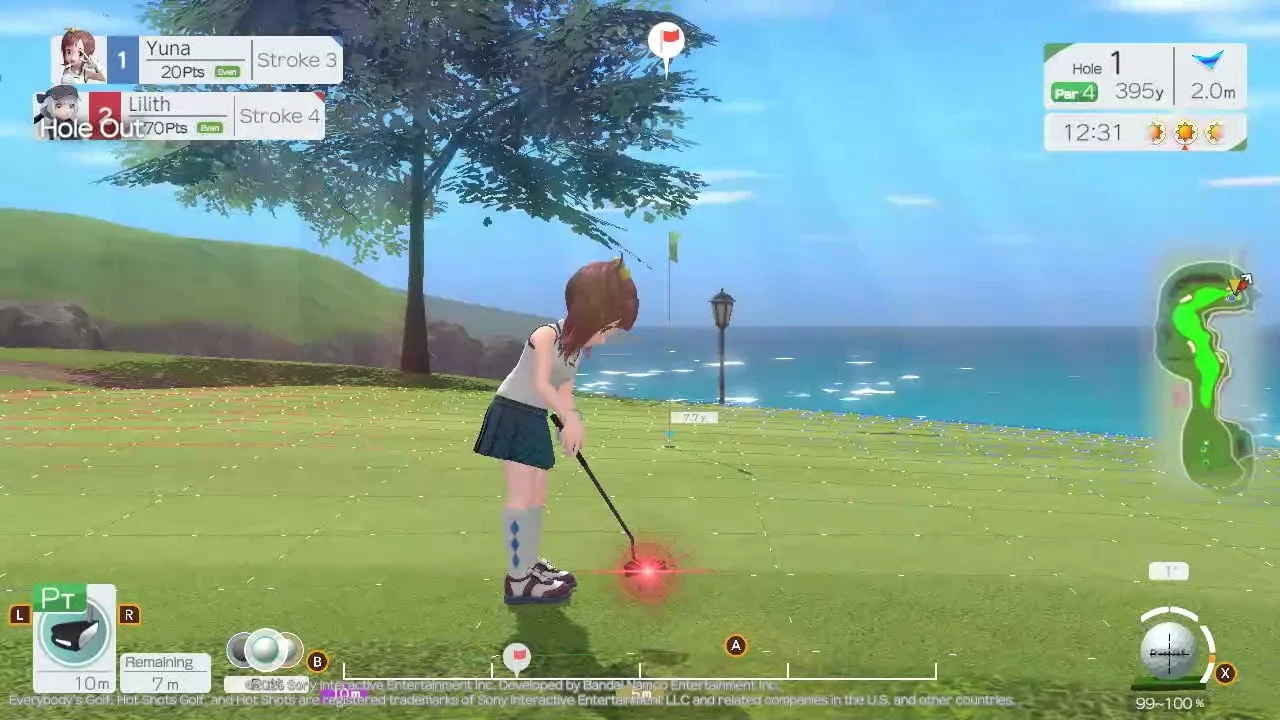The Last of Us Part 2 Remastered Review - An Unnecessary Remaster
/Naughty Dog officially released a native PS5 version of their 2020 post-apocalyptic adventure The Last of Us Part 2, which they’re dubbing The Last of Us of Part 2 Remastered. It’s a re-release that doesn't quite embrace the concept of what people expect from a remaster. This amazing title is one of the most visually-stunning adventures, with captivating writing and storytelling, paired with an impressive level of detail, level design, and smart enemy AI. Close to four years out, the original game still impresses, and in certain aspects beats out current triple-A titles. With that precedent set, what they are offering in this remaster is a tough pill to swallow,
Let’s take the term “remastered” alone. What Naughty Dog have done are minor improvements that don’t necessarily improve the experience. Lighting and texture details may have been improved in certain aspects, but it’s nothing compared to the work they did in The Last of Us Part 1, as that felt more like a true remake - they redid most of the rendering work, even polishing enough of the animation that the differences from the original game are visible to even the untrained eye.
Same Old Song and Dance
When I reviewed the PS5 version of The Last of Us Part 1 last year, I was already thinking that it was an unnecessary effort, as The Last of Us Remastered, which was released on the PS4, still looks and feels great to play to this day - in fact, you wouldn’t be at a complete loss if you considered picking up that version on the PS5. The storytelling and gameplay still hit the same highs as they did in my first playthrough. The same is true with The Last of Us Part 2 Remastered, only this time the visual uplift is barely noticeable.
As you go through the campaign, there’s nothing significantly different in terms of gameplay - no new guns or added content to somewhat change the game I played in 2020. There’s just some cosmetics, or the option to add a director’s commentary (which I activated and appreciated) to unlock on your second run, and that’s simply it. There’s no attempt to make this a Director’s Cut approach that improves even one aspect of the game or adds content that was left on the chopping block due to considerations of time or length.
I played the game again, but this time at a higher difficulty, and my original review and thoughts about this game remain the same as they did in 2020. In fact, I have gained an appreciation for Naughty Dog’s enemy AI at higher difficulties, as there aren’t many games that have enemy AI that truly feel like they’re closing in on you and will work together to box you in and take you out. At least for the humans, the simple tweaks of their constantly relocating and attempting to flank you, as well as calling out when you’re reloading keep the tension high. The infected, on the other hand, showcase their typical behaviors, and the confluence of these concepts is nicely integrated, as there are numerous encounters where you’ll need to deal with both, with the infected serving as a threat to both human sides.
The attention to detail is still impressive. The Last of Us Part 2’s cutscenes remain the best I’ve seen in the industry to date, as each scene always feels like you’re going through a well-crafted TV show, with characters having their own sets of mannerisms and ticks that make them real. Even during combat, firefights are grounded. Characters feel the blows of each shot, for example, when knocked off their feet from a shotgun blast. Other subtle details are seen, such as, enemies’ heads shifting subtly away from your missed headshot, or their pausing just for a second after witnessing an ally’s head get blown off by Ellie’s rifle. These small additions go a long way and remain consistent in a lengthy campaign that can take roughly 25 hours to casually complete.
For those that have played it, remember this as you buy the remastered – It’s the same campaign. The same fantastic campaign that tested my morals as I’d prefer one protagonist over another. A game that argues there’s no good or bad in this world - it’s all gray. I loved The Last of Us Part 2, but I can’t see what’s supposedly so Remastered about this new version.
No Return is a great addition, but everything else feels like padding
Lost Levels is one of the new bits of added content - three unfinished but playable levels. Each one comes with developer commentary explaining the vision behind the stage, why it was cut, and what’s missing. This isn’t added to the main campaign, but rather snuck inside the game’s Extra menu, and each took roughly 3-5 minutes to go through. It’s more like going through a presentation than playing a level, with one having combat. Calling them Lost Levels can be misleading to anyone reading the features of this package, as many might be led to think that they are getting more levels to play. That’s clearly not the case here.
The only great addition to the game is No Return, the new rogue-like game mode that lets you go through multiple randomized encounters, with a boss waiting at the end of each run. You play as different characters that have their own sets of starting perks and equipment, and as you clear each encounter, you’re given resources to upgrade your weapons, learn how to craft certain items, and even unlock new perk trees to improve your character. Each encounter has different objectives, and can last from three minutes to as long as ten, depending on the difficulty and approach you take. If you die in any of these stages, it’s over as you lose that character’s progress and must start at the beginning.
No Return was actually a lot of fun, as it’s the perfect addition for players who greatly appreciate the game’s combat. Each character’s starting gear and perks force you to play differently and adjust based on their strengths, and the more you play, the more the game mode opens up with more objective modes, modifiers, and characters to play. It can take roughly three hours to fully unlock most of the characters and features, with the last one to unlock is called the Daily Run, a challenging randomized run that changes daily and can only be attempted once. Your playable character is pre-chosen for this kind of run and is attached to an online leaderboard, where you’ll get to see the best players for that specific day.
It’s a real challenge, especially if you ramp up the difficulty, but I wish that the stages in this new game mode were not limited depending on your chosen character’s side. For example, if you play Ellie in a Run, you will only experience encounters she goes through in the main campaign. You won’t be able to do encounters from other locations Abby and her companions go through in the campaign, which is a shame. All of the stages are ripped out of the campaign, even the boss encounters. There’s no unique encounter we haven’t seen before.
Remaster? I don’t see it
As a $10 upgrade, The Last of Us Part 2 Remastered is a bit easier to swallow with regards to its offerings. There’ll be folks eager to experience this game at 4k resolution. The musically-inclined may enjoy the guitar free mode, while fans looking to change up key characters’ looks have cosmetics to try out. For those that love to replay and test themselves, there’s a speedrun mode as well. Lastly, we have the No Return game mode, rounding out the strongest features in this package. Don’t forget that thanks to a patch a couple of years ago, you can play the PS4 version at 60 fps on your PS5, so the 60 fps option isn’t a feature in Remastered.
Besides the increased resolution option and No Return, everything else feels like padding that adds very little to an amazing campaign. This isn’t the first time first-party PS4 titles were re-released on the PS5, as Ghost of Tsushima and Death Stranding all received a Director’s Cut release that delivered more significant additions and content to justify the upgrade. Ghost of Tsushima’s Director’s Cut literally had new content with the Iki Island expansion while Death Stranding’s Director’s Cut had new toys, new content, and gameplay features to expand the overall experience, changing how one would play the game. If you compare these two offerings with The Last of Us Part 2 Remastered, the difference is vast.
If you do like the added features and have not yet played the campaign, purchasing a PS4 copy and then buying the $10 upgrade is a far better option than considering the full $70 PS5 copy for a game released in 2020.
In the end, there’s just not enough meat to justify the use of the term “remastered”. Visually, the improvements here are minimal, and even without it, the original The Last of Us Part 2 can still go toe-to-toe with the biggest games released today, so it’s really hard to be sold by the visual upgrades, especially the technical performance, as the current PS4 build plays flawlessly, especially at 60 FPS. It wouldn’t even be accurate to call this a “director’s cut”, as the original campaign isn’t expanded upon or changed in any way. At best, this is a DLC package for fans that want a bit extra for a price, which is a shame.
Verdict: 3/5 (Great)
*We’ve recently changed our review score format from a 10-score rating to a 5-score rating. You can check out the definition of the new review score system on our About Us page.
PROS
No Return is a fantastic addition for players who greatly enjoy the game’s combat
Still the same fantastic emotional roller coaster ride that I appreciated with the director’s commentary on
CONS
No significant visual changes that is easily noticeable by the untrained eye
Lost Levels adds little to no value to this package
No new gameplay additions to the original campaign
What I’ve Played
Went through the campaign again at a higher difficulty with a cleared file (imported my PS4 clear file)
Played over 5 hours of No Return and tried all possible characters and unlocked all gameplay unlocks
This review is based on a PS5 code provided by the publisher
[Update 1/17/24]: tweaked one sentence talking about the Lost Levels for accuracy as the original draft mentioned that all three of the levels had no combat but that wasn’t the case. One level had a brief combat encounter towards the end.










If you can get past Once Upon A Katamari's sticky controls and a general sense of deja vu, the many time periods, customizable cousins, unique challenges, and features make even a decades-old formula feel fresh again.